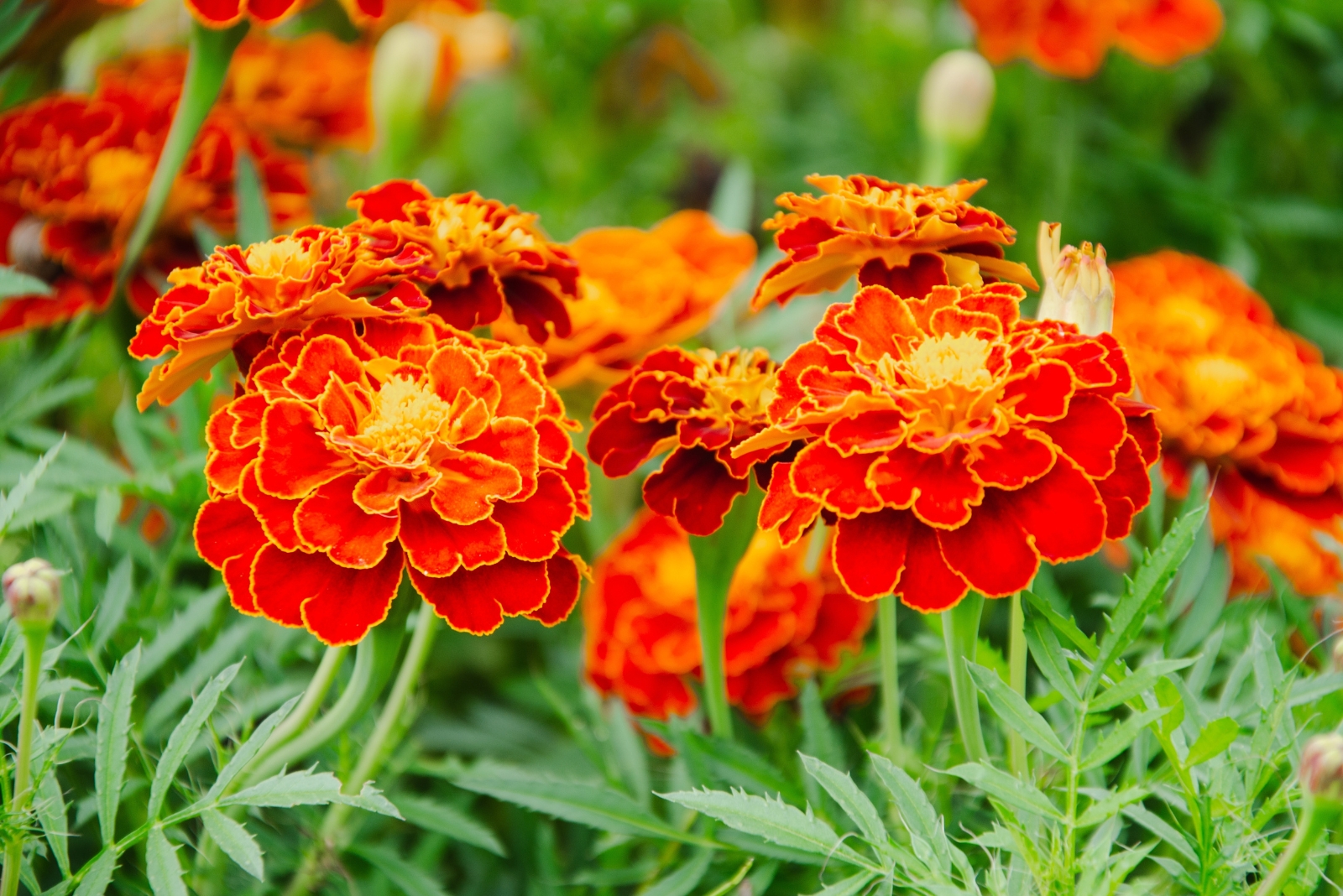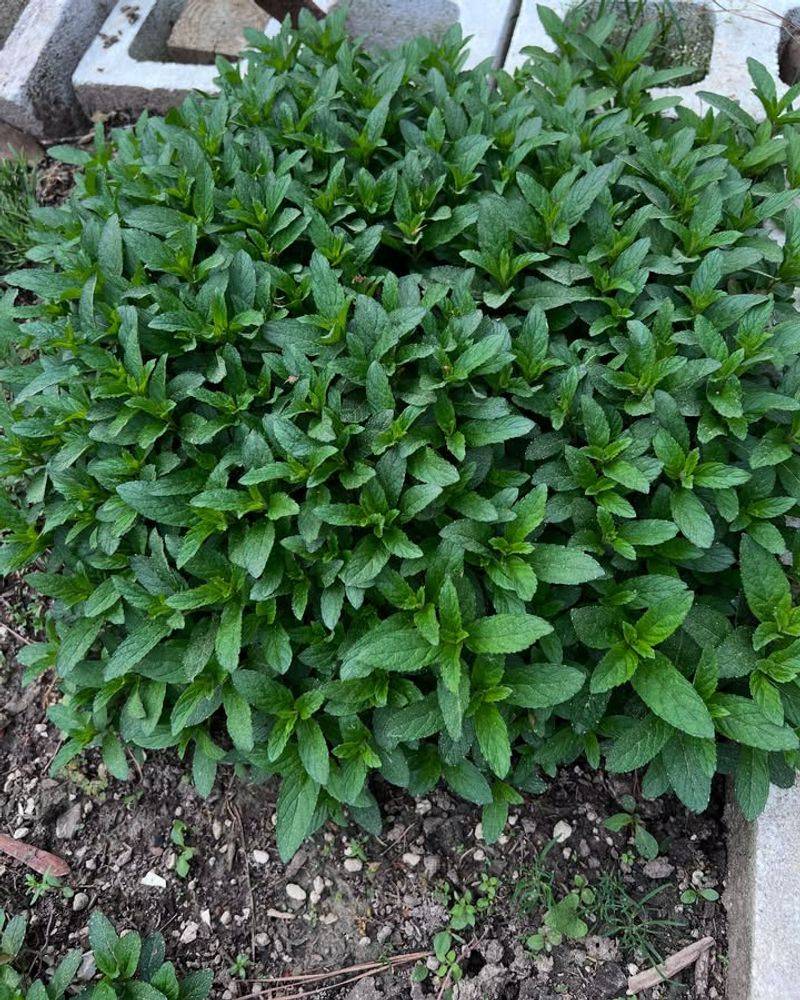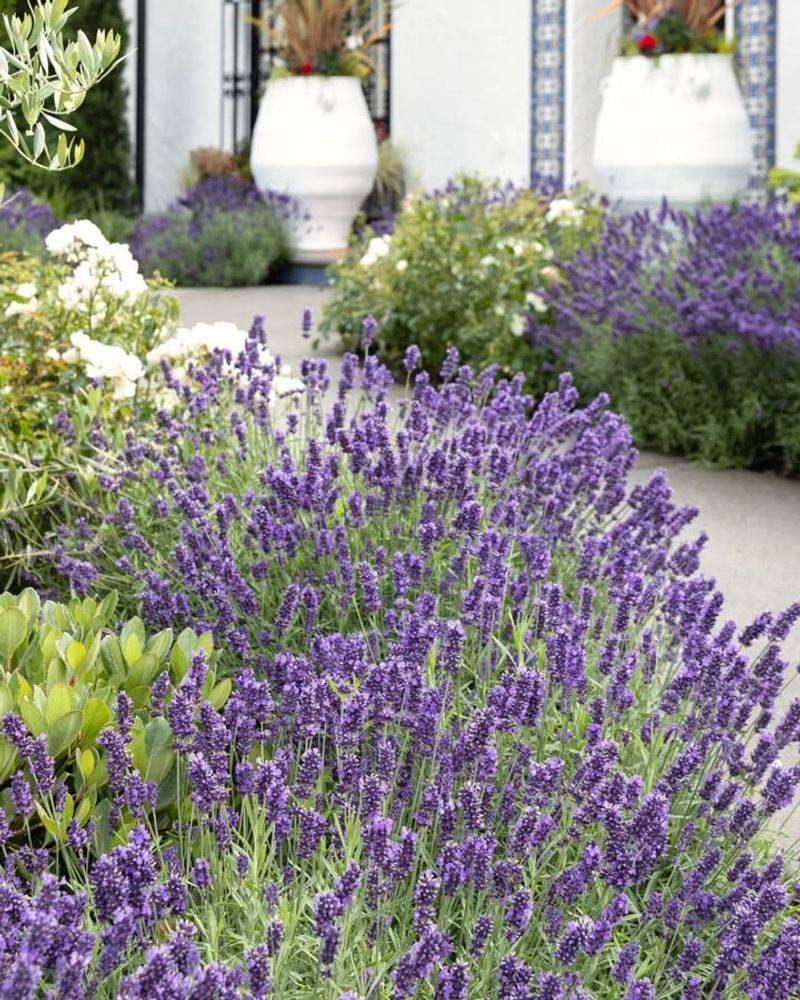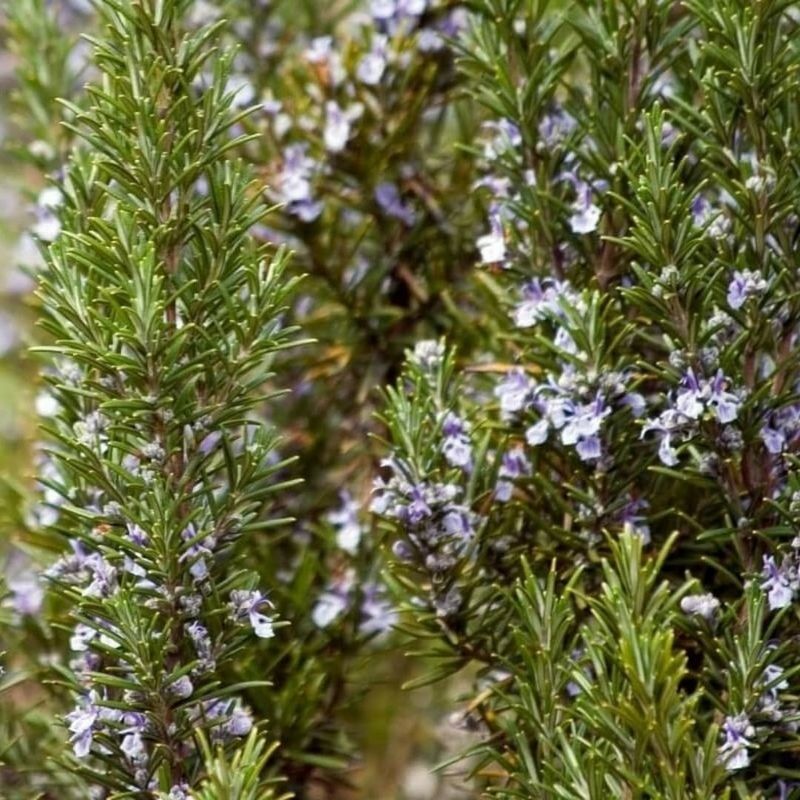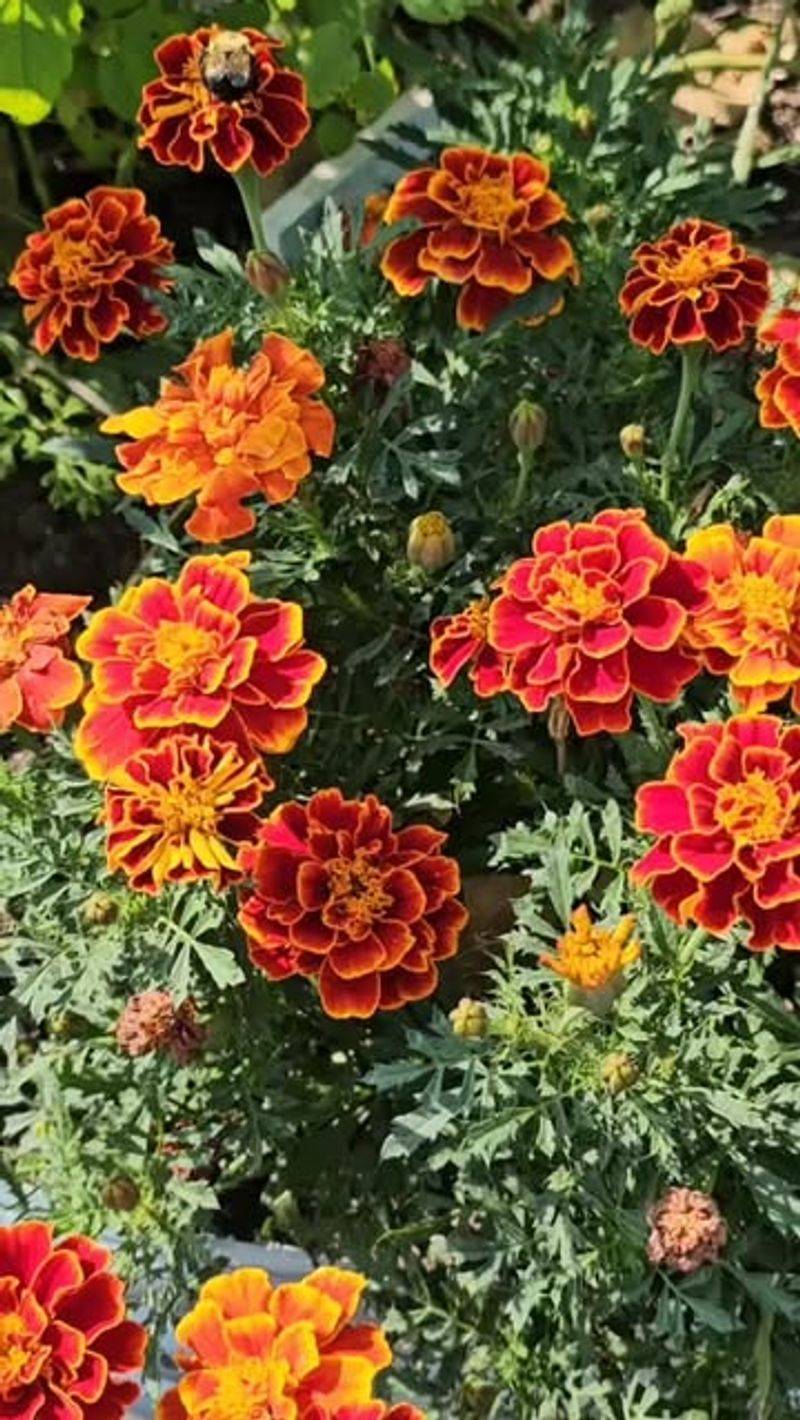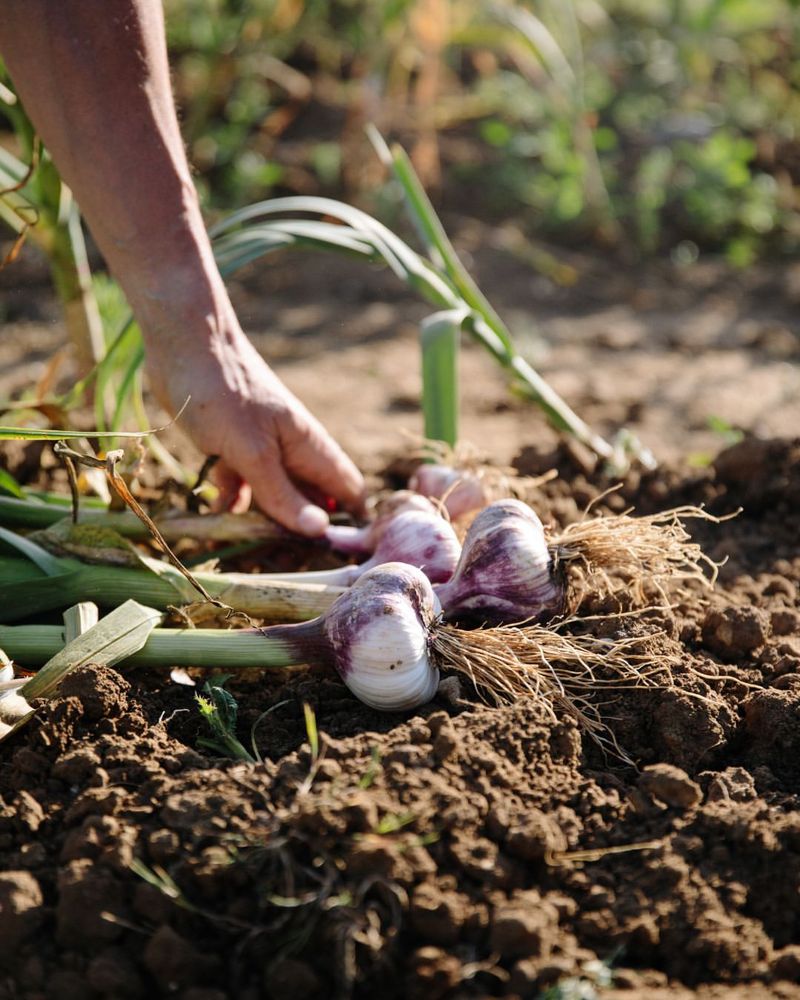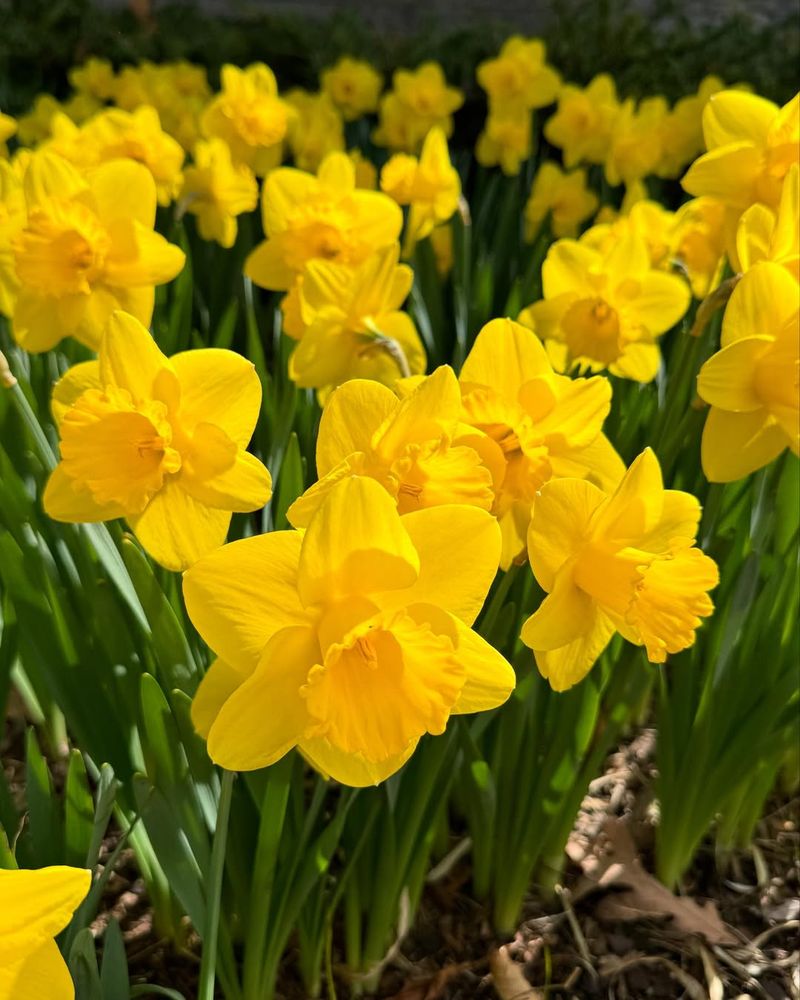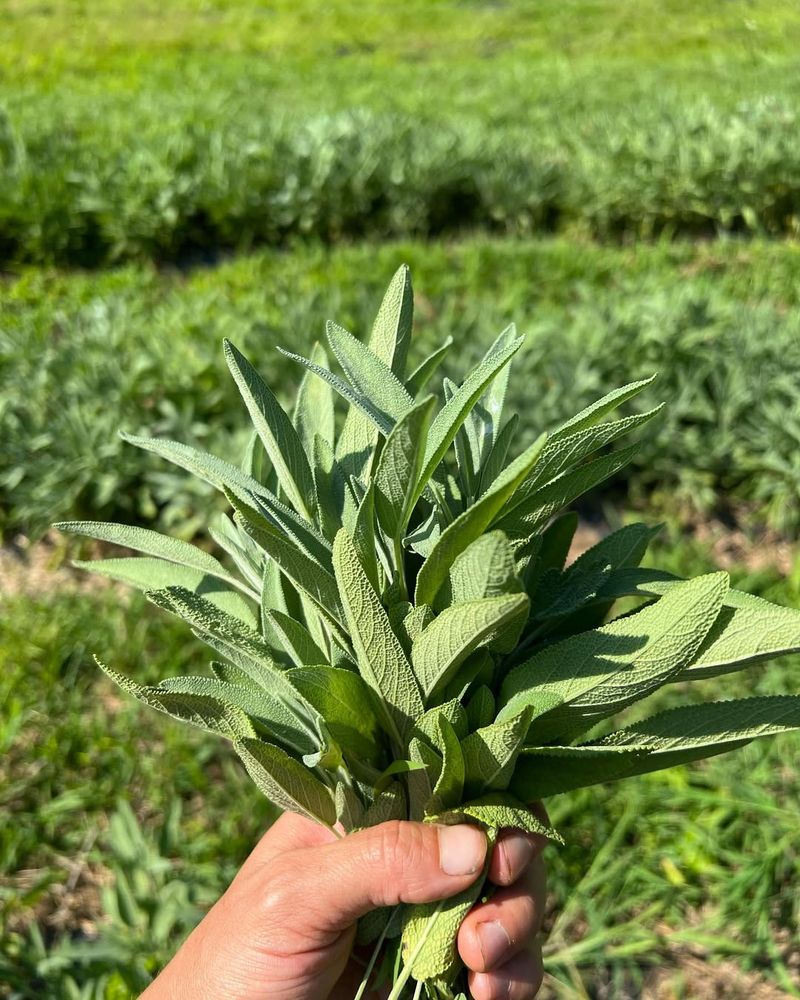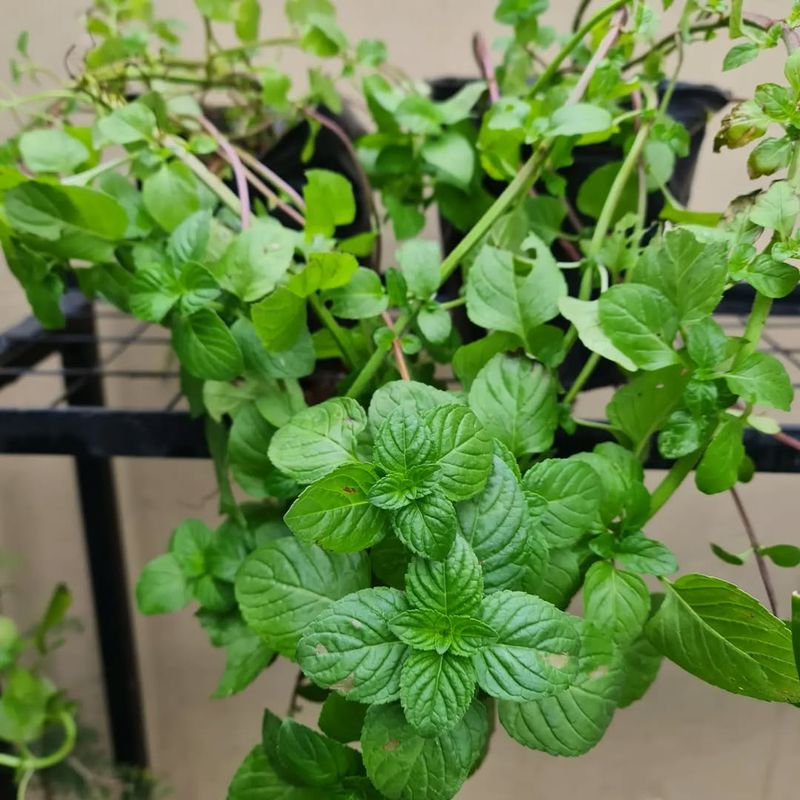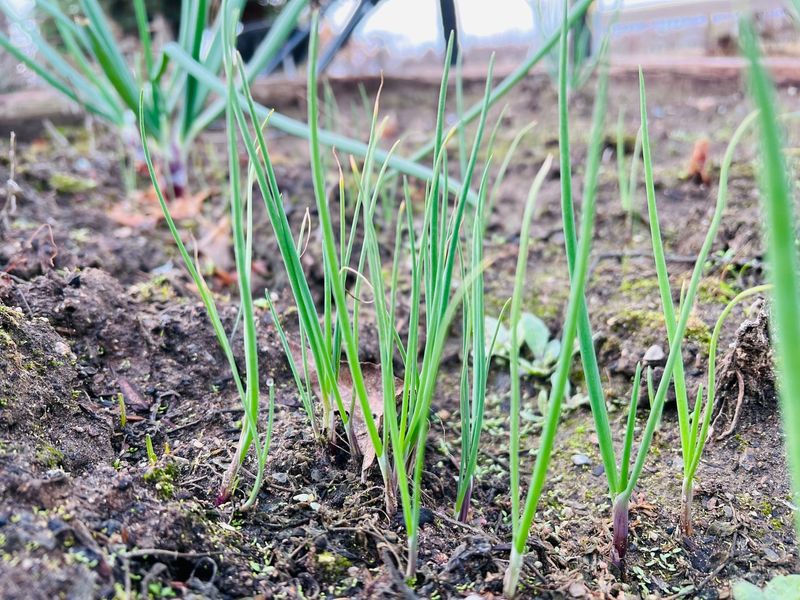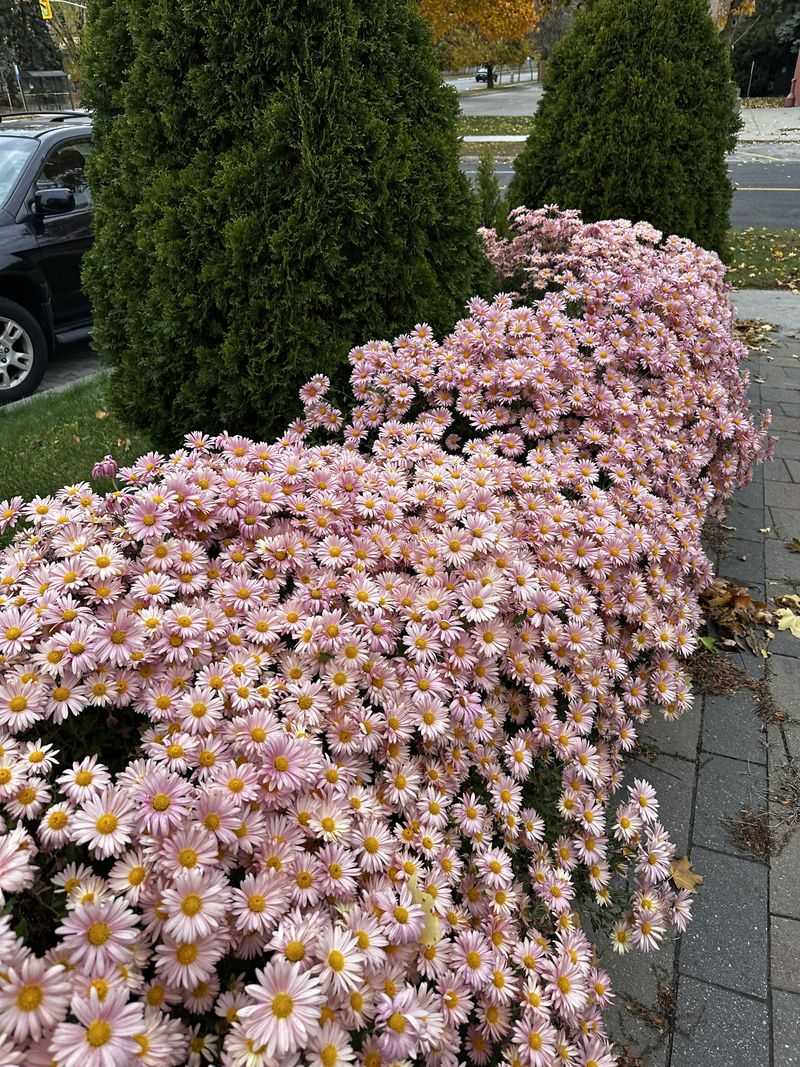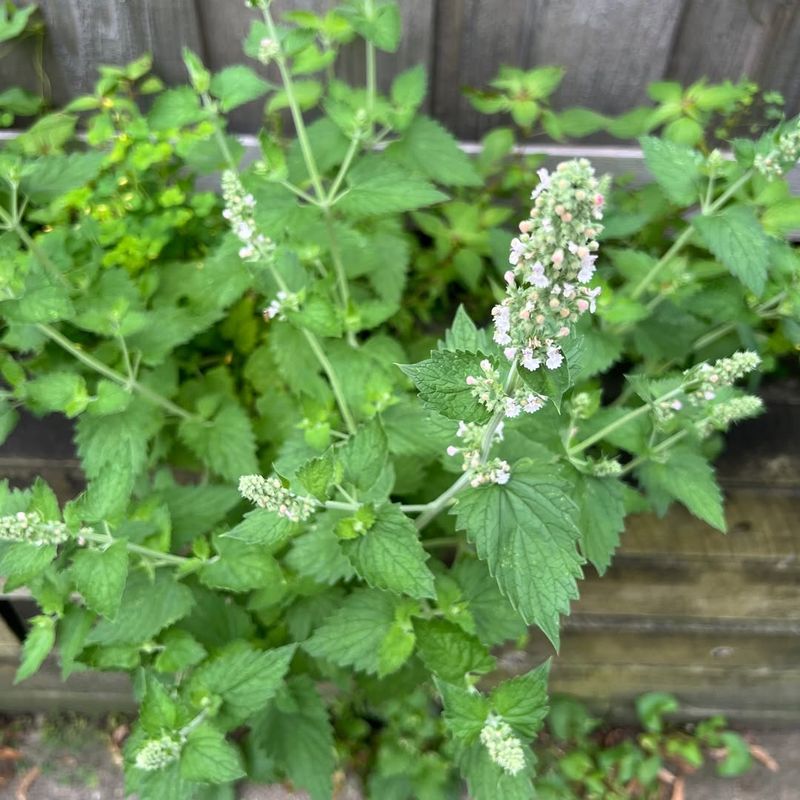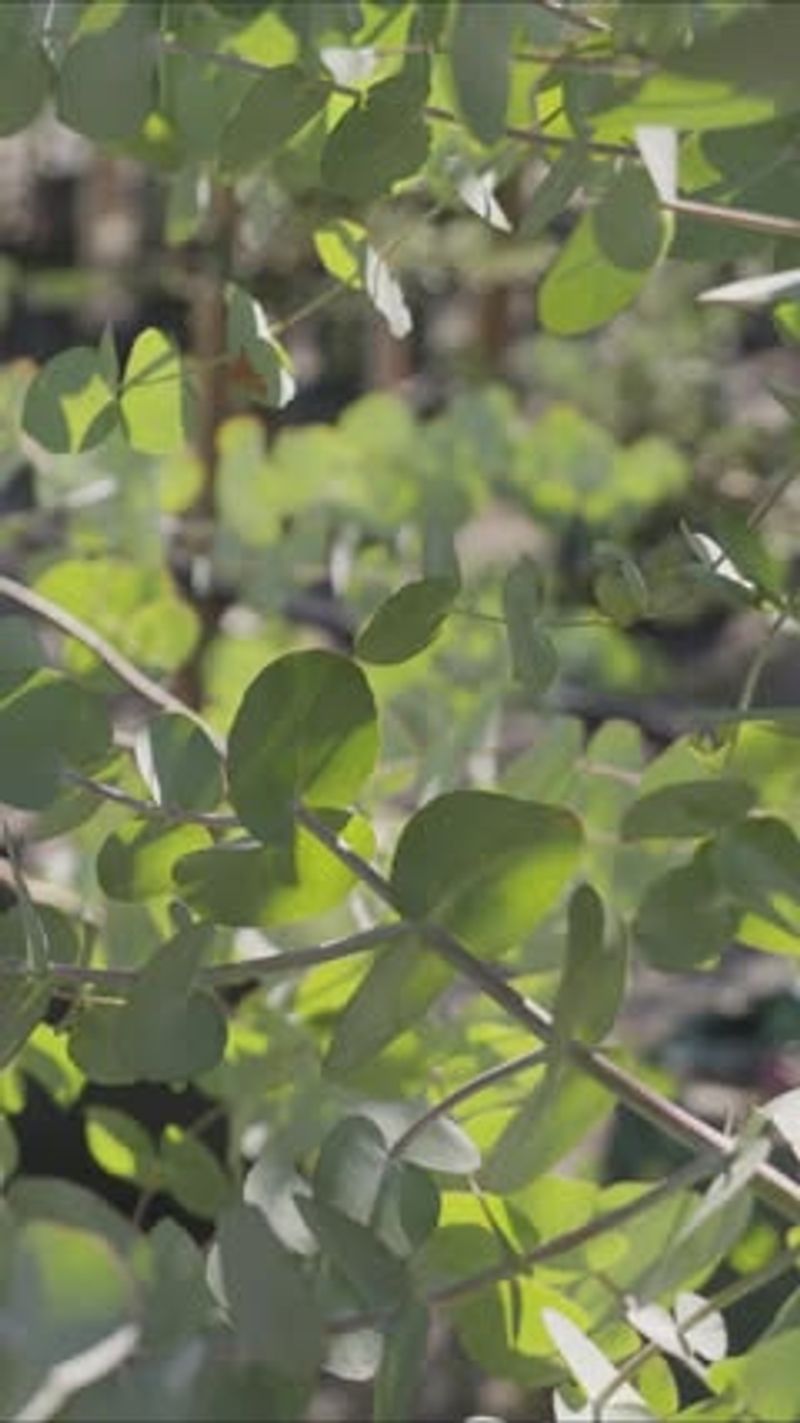Rats are the last thing any Utah gardener wants lurking around their yard, but some plants can naturally keep them away. I’ve tried a few of these in my own garden, and they’ve done a great job while still looking lovely.
From strong scents to clever deterrents, each one has its own charm. It’s amazing how nature provides simple solutions to such pesky problems.
1. Peppermint
Peppermint packs a powerful punch when it comes to keeping rats away. The strong menthol scent overwhelms their sensitive noses and sends them scurrying in the opposite direction.
Many Utah gardeners plant peppermint along fence lines and near doorways for maximum protection. You can also crush fresh leaves and scatter them in problem areas.
This hardy herb thrives in Utah’s climate and spreads quickly, giving you plenty of natural rat defense. Plus, you’ll have fresh mint for tea and cooking all summer long.
2. Lavender
While humans love lavender’s calming fragrance, rats absolutely hate it. The intense floral oils confuse their sense of smell and make them feel uncomfortable and disoriented.
Utahns often border their vegetable gardens with lavender bushes to create a beautiful, fragrant barrier. The plant handles Utah’s dry summers exceptionally well and requires minimal watering once established.
Bonus: dried lavender bundles hung near entry points work just as effectively as living plants. Your home will smell amazing while staying rodent-free throughout the year.
3. Rosemary
Rosemary’s piney, camphor-like aroma acts as a natural rodent alarm system. Rats find the scent overwhelming and will avoid areas where this woody herb grows thick and strong.
Utah homeowners love planting rosemary near foundations and garage entrances for year-round protection. The evergreen shrub survives mild winters and looks attractive in landscaping designs.
Did you know? Ancient Greeks believed rosemary improved memory, but today we know it definitely helps rats remember to stay away from your property. Fresh sprigs work great indoors too.
4. Marigolds
Marigolds bring cheerful color to gardens while secretly working as rat security guards. Their pungent, musky smell irritates rodents and convinces them to find food elsewhere.
Across Utah neighborhoods, you’ll spot marigolds planted around vegetable patches and compost bins. The flowers bloom from spring through fall, providing continuous protection during active growing seasons.
These tough annuals handle Utah’s temperature swings beautifully and cost just pennies per plant. Kids love their bright colors, making them perfect family-friendly pest control.
5. Garlic
Garlic’s sulfur compounds create an invisible shield that rats refuse to cross. The sharp, biting odor burns their nostrils and makes them turn tail immediately.
Smart Utah gardeners interplant garlic between tomatoes, peppers, and other vegetables for dual-purpose crops. The bulbs mature underground while the greens stand guard above, protecting your harvest from hungry rodents.
Crushing a few cloves and mixing them with water creates a powerful spray for problem spots. Your garden stays protected, and you get delicious garlic for cooking.
6. Daffodils
Daffodils contain toxic alkaloids that rats instinctively avoid—nature built them with their own defense system. Even a tiny nibble causes discomfort, so rodents learn quickly to steer clear.
Utah’s spring landscapes burst with these cheerful yellow blooms, and they serve double duty protecting homes. Plant bulbs in fall around foundations, and they’ll return year after year without replanting.
The perennial bulbs multiply naturally, expanding your protective barrier over time. Squirrels and deer avoid them too, making daffodils a gardener’s best friend statewide.
7. Sage
Sage releases aromatic oils that rats find absolutely unbearable. The herb’s earthy, slightly medicinal scent creates an invisible fence they won’t dare cross.
Many folks in Utah grow sage in containers near doorways and patios for portable protection. The drought-tolerant plant thrives in our arid climate and needs watering only occasionally once roots establish.
Burning dried sage bundles (smudging) also clears indoor spaces of rodent smells that might attract more rats. You’ll enjoy fresh seasoning for cooking while keeping unwanted visitors away naturally.
8. Mint Varieties
Beyond peppermint, spearmint, chocolate mint, and apple mint all work wonders against rats. Each variety releases slightly different menthol compounds, but rodents dislike them all equally.
Utah gardeners often create mint borders using multiple varieties for layered protection and interesting textures. The plants spread aggressively, so consider containers unless you want ground cover.
Fun fact: mint’s invasive nature actually benefits pest control—the more it spreads, the bigger your rat-free zone becomes. Harvest regularly to keep plants bushy and fragrant all season.
9. Onions
Onions share garlic’s powerful sulfur compounds that make rats’ eyes water and noses burn. The pungent underground bulbs and sharp-smelling greens work together as a complete deterrent system.
Throughout Utah’s farming communities, onions border gardens as edible fencing that pulls double duty. They mature quickly and store well, giving you food security alongside pest protection.
Leaving onion skins and scraps around garden edges amplifies the repellent effect. Rats associate the smell with danger and communicate warnings to others in their colony.
10. Chrysanthemums
Chrysanthemums contain pyrethrin, a natural insecticide that also repels rodents effectively. Rats dislike the chemical compound and avoid areas where these flowers bloom abundantly.
Fall gardens across Utah showcase mums in gorgeous colors while secretly guarding against autumn rat invasions. The flowers bloom just when rodents start seeking warm winter shelter, providing perfect timing.
Commercial pest sprays often contain synthetic pyrethroids based on chrysanthemum chemistry. Growing your own gives you natural protection without harsh chemicals around kids and pets.
11. Catnip
Catnip drives cats crazy but sends rats running for the hills. The nepetalactone oil that attracts felines actually repels rodents—nature’s funny way of keeping ecosystems balanced.
Utah cat owners get double benefits from planting catnip around their property boundaries. Your kitties get treats while simultaneously helping patrol for rats that dare venture close.
The perennial herb reseeds itself and spreads generously in Utah’s climate. Drying leaves for indoor use extends protection into winter months when rats seek indoor warmth most desperately.
12. Eucalyptus
Eucalyptus leaves release powerful oils that overwhelm rats’ respiratory systems and drive them away instantly. The menthol-like scent creates an environment where rodents simply cannot function comfortably.
While eucalyptus trees grow slowly in Utah’s climate, potted varieties work wonderfully near entryways and patios. Moving containers seasonally lets you target problem areas as needed throughout the year.
Hanging dried eucalyptus branches indoors freshens air while preventing rats from settling into attics and basements. The pleasant aroma benefits humans while creating hostile territory for unwanted rodent guests.

